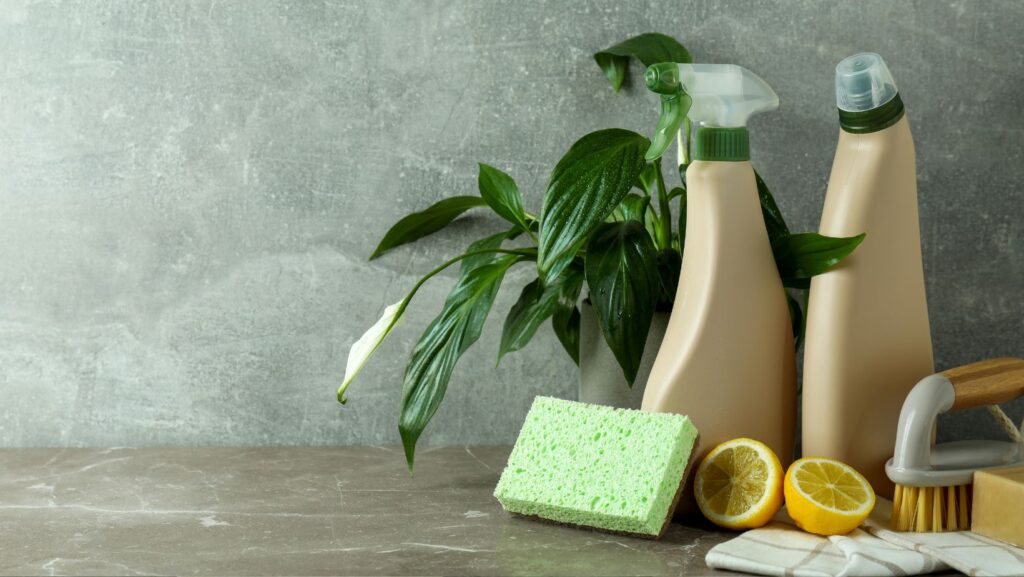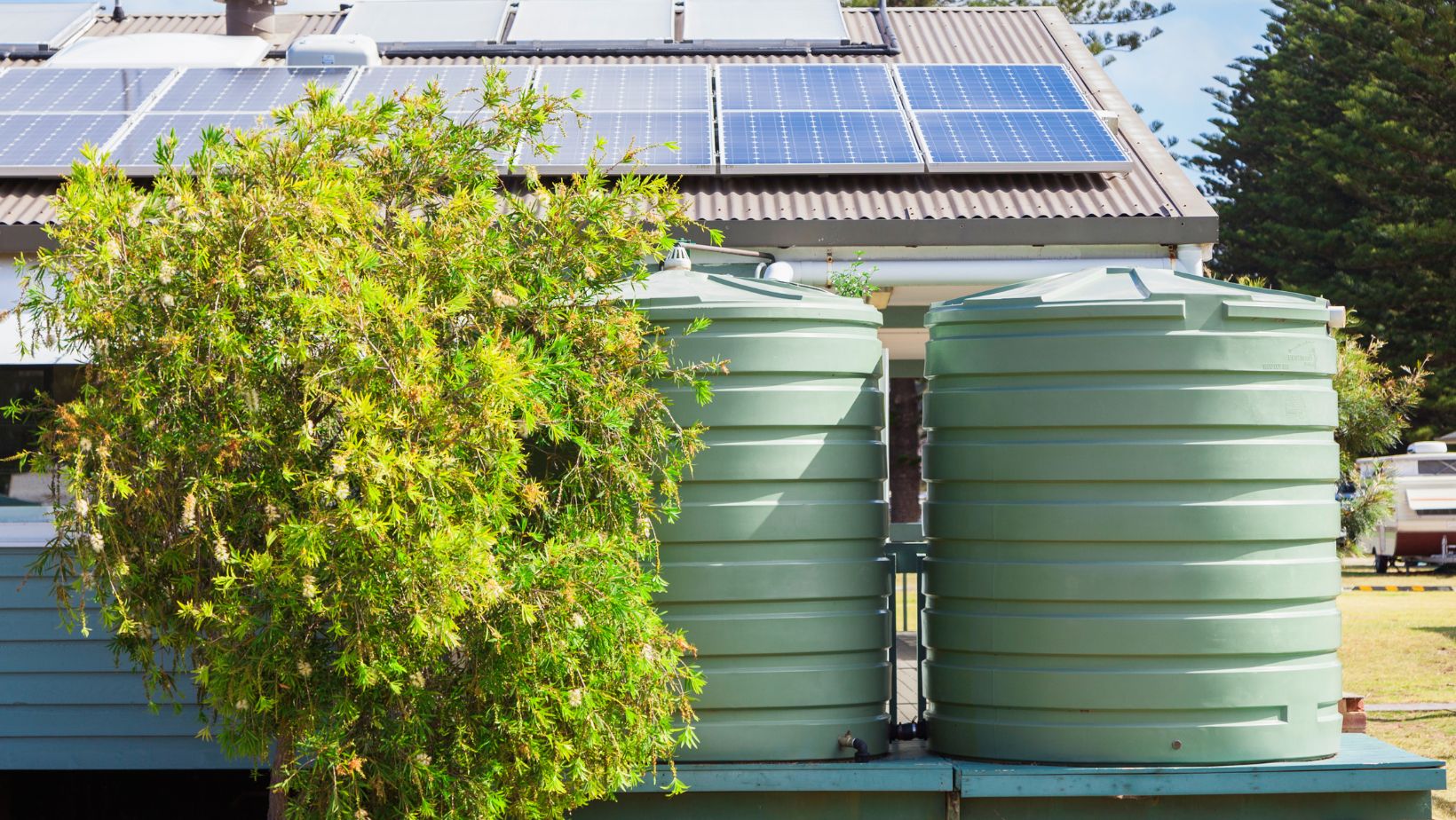
Embarking on the path to a greener home can be a partial overhaul of your lifestyle. Instead, incorporating small, sustainable changes can significantly impact over time. Simple measures like opting for reusable shopping bags or turning off lights when not in use can begin to shift your habits towards more sustainable practices. Whether you’re a seasoned eco-warrior or just starting to explore environmentally friendly options, this article will guide you through practical steps to enhance your home’s sustainability, helping you contribute to a healthier planet without feeling overwhelmed.
Exploring a Range of Eco-Friendly Home Products
When considering various areas of the home, numerous eco-friendly products can significantly reduce your environmental footprint while maintaining convenience and functionality. For example, replacing plastic storage containers with glass or stainless steel versions in the kitchen offers a more durable and recyclable option. Incorporating eco-friendly kitchen products such as sustainable utensils and cutting boards replaces traditional plastic or hardwood with fast-growing, renewable resources. By making these simple changes, you’re not just improving your home, but also making a positive impact on the environment, inspiring others to do the same.
It’s not just about the kitchen. Consider using biodegradable cleaning tools, such as sponges and cloths made from natural materials like cellulose or cotton, for your entire house. These compostable items are a game-changer, significantly reducing environmental impact compared to their synthetic counterparts. And the benefits don’t stop there. By using eco-friendly cleaning products throughout your home, you’re not only protecting the environment but also your health. These products are free from harsh chemicals, ensuring a healthier living environment for you and your family. This holistic approach to choosing eco-friendly products across various household areas is a testament to your broader commitment to sustainability.
Start with Energy Efficiency
One of the most impactful ways to create a greener home is by improving energy efficiency. This can be as simple as replacing your old light bulbs with LED alternatives, which use at least 75% less energy and last 25 times longer than traditional incandescent bulbs. Additionally, upgrading to energy-efficient appliances can reduce electricity usage and utility bills, enhancing your home’s sustainability. Consider also the benefits of smart thermostats. These devices learn your heating and cooling preferences, adjusting to save energy while keeping your home comfortable. Moreover, checking for drafts around windows and doors and sealing them can prevent heat loss, reducing your heating requirements and energy consumption. These small changes contribute to a significant reduction in your carbon footprint and promote a culture of conservation within the household.
Water Conservation Efforts
Water is a precious resource, yet it’s often wasted. To counteract this, installing low-flow showerheads and taps can significantly reduce water usage without compromising performance.

By fixing leaks and dripping faucets, you can save gallons of water daily, making a noticeable difference in water conservation efforts. Another simple upgrade is a dual-flush toilet, which offers two flush options to conserve water. Suppose you’re interested in a more hands-on project. In that case, setting up a rainwater harvesting system can provide you with an alternative water source for gardening and reduce your overall water footprint.
Additionally, educating household members about the importance of water conservation can further enhance the effectiveness of these upgrades, fostering a culture of sustainability at home. Moreover, promoting full loads in washing machines and dishwashers ensures maximum efficiency with every use. Periodic assessments of your home’s overall water usage can also identify potential areas for further improvement. Lastly, consider participating in local water conservation programs to stay informed and involved in community efforts.
Reduce, Reuse, Recycle
The “reduce, reuse, recycle” mantra remains relevant and practical. Start by reducing waste where you can, opting for products with minimal packaging or choosing bulk items. This not only diminishes the volume of refuse but also lessens your environmental impact right from the point of purchase. Reusing items, whether repurposing glass jars as food storage or turning old t-shirts into cleaning rags, reduces waste and extends the product lifecycle. Engaging in such practices can be a creative and rewarding way to contribute to environmental sustainability. Finally, make recycling a habit by setting up a well-organized recycling station at home, making it easier for all household members to participate. By incorporating these practices into your daily routine, you help create a culture of sustainability that can ripple out into the community.
Choosing Sustainable Materials
Choosing sustainable materials can make a big difference when it’s time to replace items or renovate. Flooring made from recycled materials or certified sustainable wood can dramatically decrease your home’s environmental impact. Additionally, consider furnishings made from upcycled materials, which add unique character to your home and support waste reduction efforts. When painting, opt for low-VOC or VOC-free paints, which reduce the release of volatile organic compounds into your home, improving indoor air quality and reducing environmental damage. These choices benefit the planet and contribute to a healthier living environment, underscoring the importance of thoughtful material selection in building a sustainable home.
Green Gardening
Turning your attention outdoors, green gardening is another excellent step towards a more sustainable home. Planting native plants can drastically reduce water use and support local wildlife, creating a more biodiverse environment in your backyard. Additionally, choosing organic mulches and fertilizers can help maintain soil health without harmful chemicals. Composting kitchen scraps and yard waste reduces landfill contributions and provides nutrient-rich soil for your garden, completing a natural cycle that enhances your home’s green footprint. These practices promote sustainability and bring a slice of nature closer to home, enriching your living space with the beauty and benefits of a thriving garden.
Energy from Renewable Sources
If you’re ready to take a more significant step, consider switching to renewable energy sources. Many energy providers offer green energy plans that ensure your electricity comes from renewable sources like wind or solar.

This switch supports sustainable energy development and sets a positive example in your community. Alternatively, installing solar panels on your roof might be an investment upfront, but they can significantly reduce your electricity bills and carbon footprint over time. Additionally, some regions offer incentives or rebates for homes that adopt solar energy, making it a financially viable option as well as an environmentally friendly one.
Conclusion
Transforming your home into an eco-friendly space doesn’t have to be daunting. Taking small, manageable steps can significantly contribute to environmental conservation and inspire others in your community to follow suit. Isn’t it remarkable how simple actions can lead to profound changes? Start with one or two changes, and gradually incorporate more as you see their benefits. Your journey towards a greener home contributes to global sustainability efforts and fosters a healthier, more mindful lifestyle for yourself and your family.











